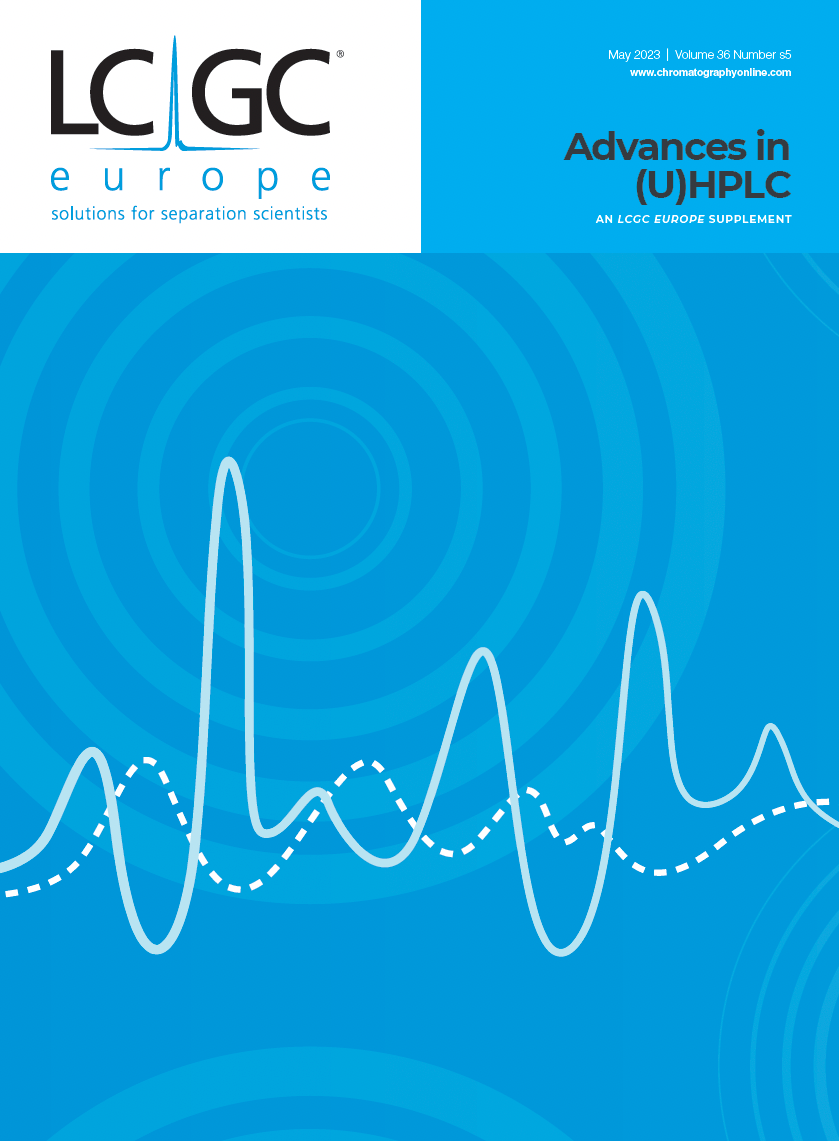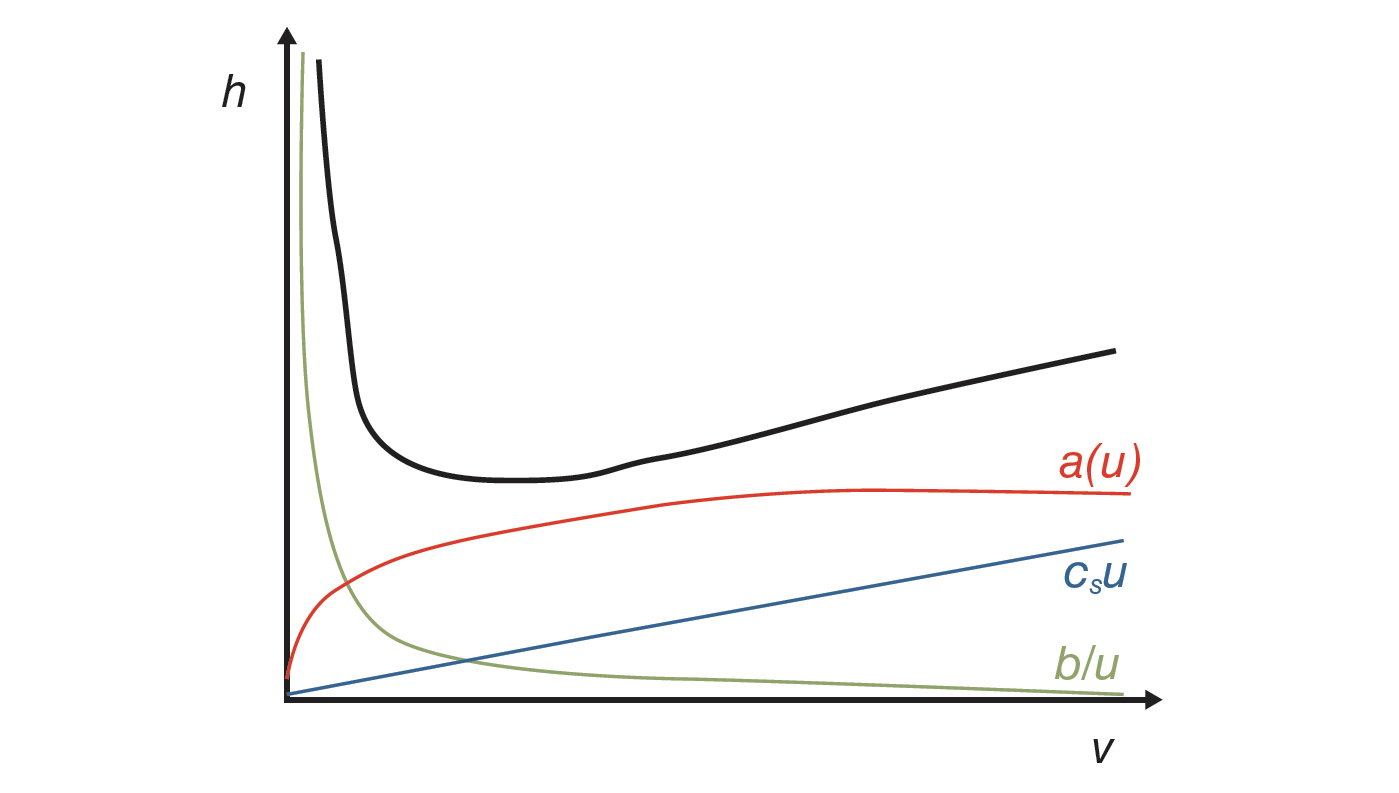From the Guest Editor: Advances in (U)HPLC
A special supplement from LCGC Europe focused on innovative developments in liquid chromatography (LC) and guest-edited by a key opinion leader in the separation science sector: Gert Desmet from Vrije Universiteit Brussel, Belgium.
It is my pleasure to have acted as the guest editor for this year’s LCGC Europe supplement on Advances in (U)HPLC. One of the highlights in the separation science calendar this year is the HPLC 2023 conference in Düsseldorf, Germany, which takes place from 18–22 June 2023. This conference is a vital event to attend and learn about the latest advances in ultrahigh-pressure liquid chromatography (U)HPLC technology that are occurring in our field, as well as the challenges and needs for improved performance that still exist. The supplement features key opinion leaders who are driving separation science forwards, and who will also be presenting at HPLC 2023.
Working hard on the “greenification” of analytical chemistry, Luigi Mondello, Francesca Rigano, and co-workers from the University of Messina have been using superheated water (up to 250 °C) as the mobile phase on porous graphitic carbon (PGC) columns to minimize the percentage of organic solvent. For this purpose, an in-house high-temperature LC instrumental setup was developed and applied to the analysis of parabens in food samples. The system (column and instrument) proved to be very robust and allowed a mixture of parabens appearing in foodstuffs to be separated in less than 10 min, with only a limited consumption of ethanol.
Steven Ray Wilson and co-workers from the University of Oslo report on the analysis of the proteome of human stem cell-derived organoids. These are used in the life sciences industry as laboratory-grown three-dimensional (3D) models of organs and are emerging tools for studies of developmental biology, drug discovery, and toxicology. Using a micro-pillar array column, they built an analytical pipeline providing a comprehensive characterization of the metabolism and phenotype of liver organoids, reflecting their different maturation status. Most importantly, their results could be generated using only a limited number of organoids (20–30 organoids per replicate).
In the area of fundamental theory and the need for improved insights, Martina Catani, Alberto Cavazzini, Simona Felletti, and Chiara De Luca from the University of Ferrara describe and analyze a regularly reported anomalous behaviour of the old faithful van Deemter curve: for some compounds in chiral analysis it can be turned upside down. They now explain this rare but not unusual phenomenon as being caused by a combination of both kinetic and thermodynamic factors, strictly depending on the nature of the analyte and on its possibility of interacting with the selective portion of the chiral stationary phase (CSP).
James Grinias and co-workers from Rowan University report on the recent evolutions in the area of portable and miniaturized LC systems, and how these extend the types of analyses that can be performed with the system. As a proof-of-principle, they looked at the characterization of a biopharmaceutical therapeutic antibody, to demonstrate that this type of analysis could also be scaled down to smaller column diameters, thus reducing mobile phase consumption and making these methods greener.
And last, but certainly not least, the chairman of this conference, Michael Lämmerhofer and his co-workers from University of Tübingen report on their work in the rapidly developing area of wide-pore silica columns for whole-protein reversed-phase separations. Using gradient kinetic plots, they could classify the different available particle formats and concluded that a thin shell brings more benefits compared to much wider pores for fast separations—as long as the pores remain large enough to accommodate the macromolecular analyte.
Enjoy your reading!
Gert Desmet, Full Professor, Vrije Universiteit Brussel, Belgium, and member of the EAB for LCGC Europe

Common Challenges in Nitrosamine Analysis: An LCGC International Peer Exchange
April 15th 2025A recent roundtable discussion featuring Aloka Srinivasan of Raaha, Mayank Bhanti of the United States Pharmacopeia (USP), and Amber Burch of Purisys discussed the challenges surrounding nitrosamine analysis in pharmaceuticals.













